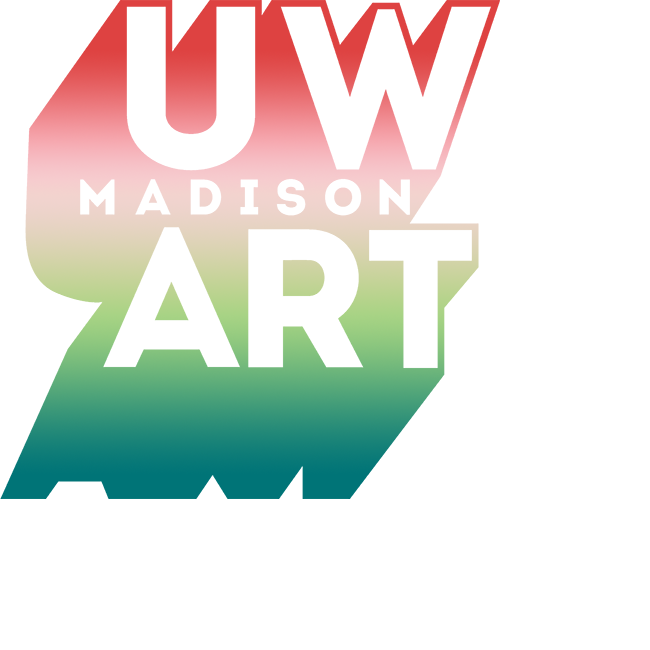 How do we learn? Further, how do we learn to be artists and educators to others that desire art as a way of life? The cultural moment we live in right now should be making us all take a step back. It should be making us all ask more of ourselves and our colleagues, and it should be encouraging a deep meditation on citizenship both in our local communities and globally as well. Those of us lucky enough to hold positions in which we interact with and mentor students from whom we ask a great deal of self-examination, are in the headlights of a number of constituencies. It is easy to get caught up in the politics of the moment, however, I am inclined to revisit what we do best: inspire and facilitate the creativity of our students through our own research and practice, teaching, and service. To that end the twin rhetorical questions, “How do we learn?” and, “How do we teach?” might be answered in the same way; by listening. Listening opens a door to learning.
How do we learn? Further, how do we learn to be artists and educators to others that desire art as a way of life? The cultural moment we live in right now should be making us all take a step back. It should be making us all ask more of ourselves and our colleagues, and it should be encouraging a deep meditation on citizenship both in our local communities and globally as well. Those of us lucky enough to hold positions in which we interact with and mentor students from whom we ask a great deal of self-examination, are in the headlights of a number of constituencies. It is easy to get caught up in the politics of the moment, however, I am inclined to revisit what we do best: inspire and facilitate the creativity of our students through our own research and practice, teaching, and service. To that end the twin rhetorical questions, “How do we learn?” and, “How do we teach?” might be answered in the same way; by listening. Listening opens a door to learning.
In one of my lectures last week while talking about Art and Personhood, I noted the date that women were granted the vote in the United States (not until 1920). After the lecture two of the students made their way to the front of the room to correct me. Some womenwere granted the right to vote in 1920 as a result of the 19th Amendment; that decision functionally excluded women of color and Native Americans due to state’s rights until the Voting Rights Act signed into law by President Lyndon Johnson in 1965. Various other discriminatory practices were used to prevent African Americans and others, particularly those in the South, from exercising their right to vote and, as we know, such practices persist still. Those students respectfully helped me realize that I had not told the story correctly or completely.
The point here is that our students teach us a great deal about how to teach if we listen. Our job is to gather history and skills and other wisdom together into a manageable format and to make it available; our students will give us immediate feedback, and if we can weave that feedback into our classes and learning modules we can be collaborators in the process of education. I realize each day that by stepping aside and allowing learning to take place in the way that students best participate, we make better students and become better teachers in the process.
What does this have to do with Art? Grafting new knowledge on a core trunk of experience is central to being an artist. The acquisition of skills necessarily needs to be accompanied by introspection and self-reflection. Living in a highly politicized moment as we do, retreating into formalism may seem to offer a calm space to get away from it all. I would encourage the opposite; a balance of form and function, of political acuity and dexterous materiality. Writing about how audiences look at dance in the present moment, Siobhan Burke notes:
The political dimensions of dance seem especially pointed right now, at a time of heightened discussion about the privileges afforded some bodies and the risks that burden others. However overt or subliminal, intended or accidental, these dimensions rise to the surface, whereas at another time they may have rested beneath it.
Making (and Seeing) Dance in the Politicized World
This quote speaks to the way in which art must always be conscious of its own legibility, the very way in which an audience or viewer reads between the lines and infers meaning from works of art.The opposite of political is not necessarily “not political.” It is easy to rely on formalism as a hedge against vulnerability, but when I think about the art that has moved me, really moved me, it is that work in which the artist listened to the world around her and took such a risk.
Very best,
Douglas Rosenberg
Chair, UW-Madison Art Department
